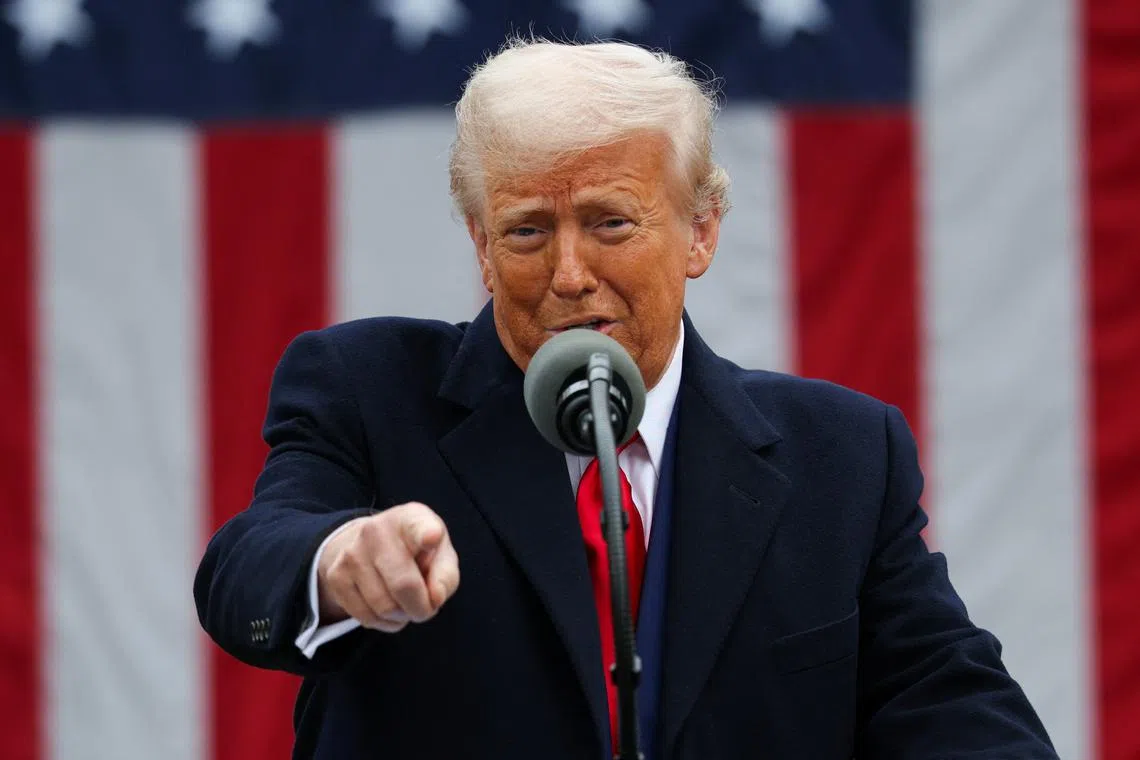Only one person in US history has defied the two-term example set by the first president, George Washington. And voters responded by forbidding future presidents from being elected more than twice.
President Donald Trump has alluded to arcane legal arguments in repeatedly suggesting he could seek a third term. Besides challenging long-settled readings of the US Constitution, a Trump move to run in 2028 would challenge the precedent that voters have repeatedly upheld when given the opportunity.
Here is an explanation of the historical and legal tradition behind the presidency being a job for a maximum of two terms and two terms only.
Washington set example of voluntary limits
It seemed a foregone conclusion that Washington, president of the 1787 convention that yielded the US Constitution, also would become the nation’s first federal executive, even as antifederalists worried that he’d be reelected again and again, becoming a quasi-king by acclamation.
Washington began his presidency in 1789, leading an executive branch of government that the Constitution’s authors balanced with two others: Congress and the judiciary.
Besides those structural guards against concentrations of power, Washington put aside his military garb and title, opting for the era’s formal attire and the honorific of “Mr. President” to underscore his status as an elected civilian. He considered not standing for re-election. He even had James Madison draft a farewell address before ultimately seeking and winning another term in 1792. Four years later, he tasked Alexander Hamilton with dusting off and polishing up Madison’s farewell draft as he announced his retirement from public life.
There was no legal barrier to a third Washington term. But his decision set the tone. Four of the next six presidents won a second term but passed on a third. The last of that group, Andrew Jackson, was the first president not to have worked with Washington or have known him. Yet by the time Jackson endorsed his own successor, Martin Van Buren, two terms had become the standard.

 By South China Morning Post | Created at 2025-04-01 16:01:08 | Updated at 2025-04-02 21:22:39
1 day ago
By South China Morning Post | Created at 2025-04-01 16:01:08 | Updated at 2025-04-02 21:22:39
1 day ago








